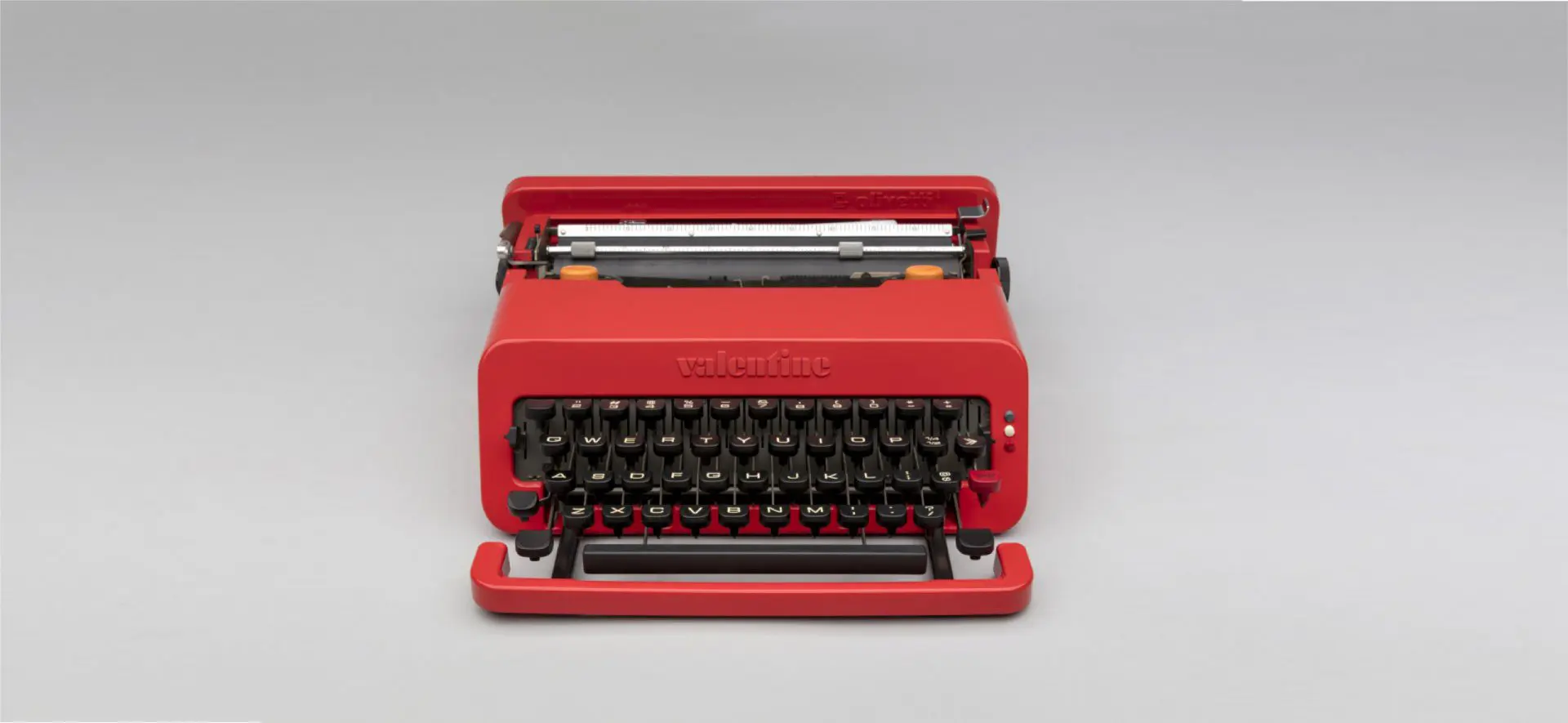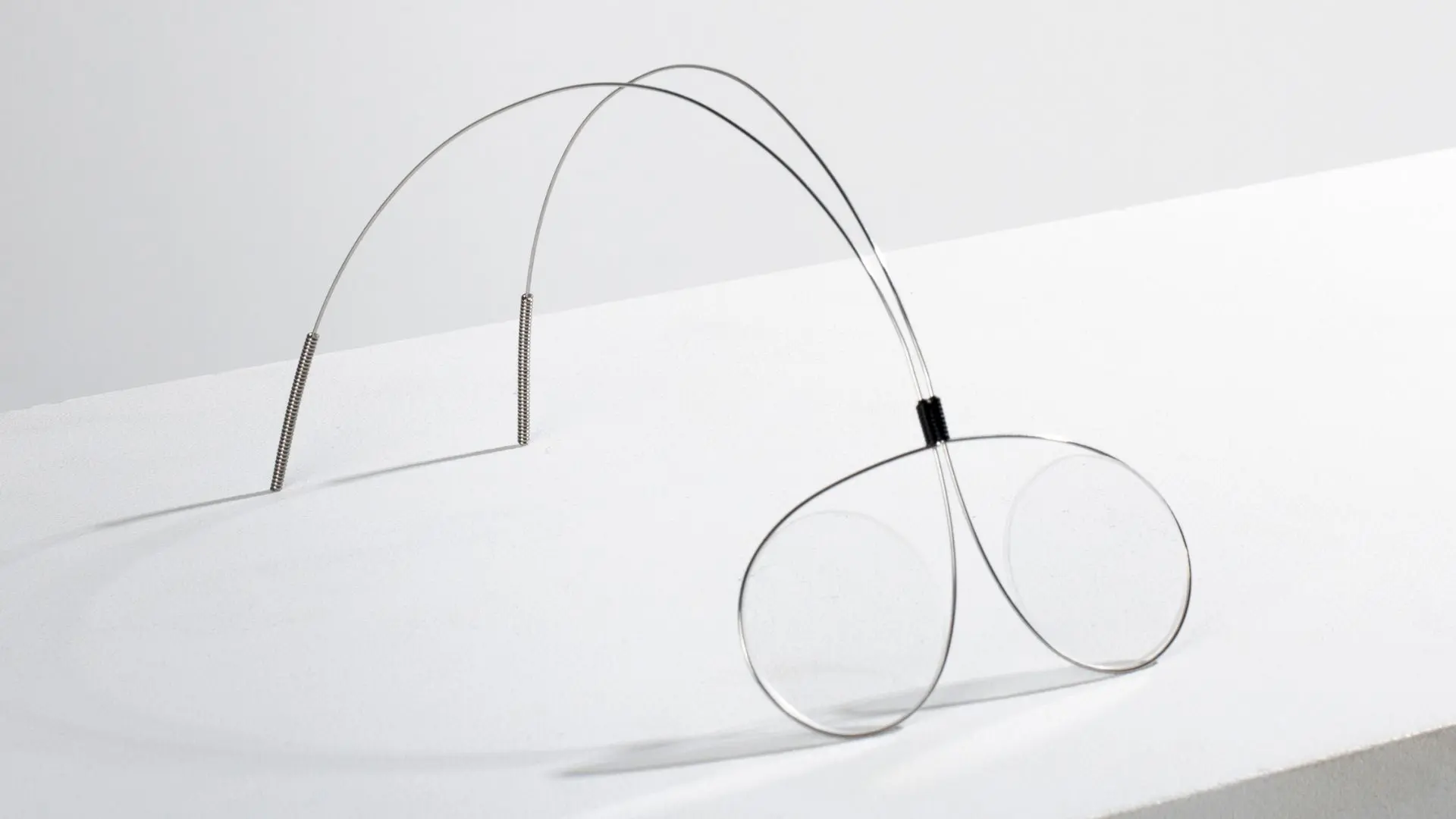A strong design theory: 4 examples of a designer’s most powerful weapon
Have you ever asked yourself what makes a designer truly relevant to you? Why do some names and works stay imprinted in your memory, while others fade away?

Have you ever asked yourself what makes a designer truly relevant to you? Why do some names and works stay imprinted in your memory, while others fade away? The answer often lies in their design theory – the underlying principles and conceptual approach that shape their work.
We live in an era of unlimited access to information. Every day, we are exposed to countless words and images, making it difficult to retain everything we see. Yet, certain designs catch our attention, leaving a lasting impression on our minds. As design enthusiasts, we should ask ourselves: why do some designers manage to create such memorable work while others struggle to stand out?
The key often lies in their methodology: thinking outside the box while keeping one foot inside it. The most impactful designers master the balance between innovation and familiarity, crafting objects that feel both new and recognizable. Let’s explore the work of a few creators who have perfected this delicate equilibrium, making their designs truly “impressive” for our minds.
Design Theory – 4 examples:
Michael Anastassiades – IC Lights

Michael Anastassiades, a London-based designer, has built a reputation through his collaborations with major design brands like Flos, B&B Italia, Cassina, and Herman Miller. His approach revolves around the rigorous use of basic geometric shapes, subtly enhanced by calculated structural elements.
A perfect example is the IC collection for Flos. This series merges fundamental geometric forms – such as spheres – with precise balancing techniques. The result is a collection that feels both familiar and unexpected, playing with our innate recognition of symmetry and balance. It’s this ability to subtly manipulate visual memory that makes his work so unforgettable.
Philippe Starck – Louis Ghost

Philippe Starck is arguably the most influential designer of the last three decades, and his success is no accident. To understand his impact, we can look at one of his most iconic creations: the Louis Ghost chair.
Designed for Kartell in 2002, this chair revolutionized the furniture industry by introducing polycarbonate as a viable material for seating. However, Starck’s genius lies not just in material innovation but in his decision to reinterpret a historical icon – the classic French monarchy-style chair. By merging a familiar shape with groundbreaking technology, he created an object that resonated deeply with the public, balancing nostalgia with modernity. The result? A timeless design that continues to inspire countless variations of other designers and companies
Marcantonio – Giraffe in Love

In a previous article, I described Marcantonio as a maximalist minimalist – a provocative yet fitting definition. His work, much like Starck’s, plays with familiar references, but with an even more whimsical approach.
Take Giraffe in Love, for instance. In this product, edited by Qeeboo, Marcantonio replaces a conventional lamp stand with an actual giraffe. The result? A functional object that feels entirely surreal yet strangely logical. A giraffe is tall, stable, and visually striking – why wouldn’t it hold a chandelier? This unexpected yet oddly fitting twist creates a sense of wonder, ensuring that the design remains etched in our memories.
Bouroullec Brothers – Vegetal

The Vegetal chair, designed by Ronan and Erwan Bouroullec for Vitra, was an immediate success upon its release. Although no longer in production, it left a significant mark on the design world and could be spotted even in unexpected places like McDonald’s flagship locations in major cities.
This chair broke conventional furniture design rules by introducing an intricate, organic structure inspired by tree roots. What made it so powerful was the way the Bouroullec brothers translated a complex, almost chaotic form into something recognizable and understandable. By referencing natural growth patterns, they made an otherwise abstract design feel intuitive – bridging the gap between the unfamiliar and the familiar.
The formula for lasting impact
If we draw a common thread between these designers, we see a clear pattern: they innovate with confidence and precision while ensuring their creations remain accessible to the public. Their designs invite us on a journey of discovery without overwhelming us, offering a comfortable entry point into new visual experiences.
And while these names have already left their mark, countless emerging designers are shaping the future of design theory. Figures like Mario Tsai, Michel Charlot, and Paul Cocksedge are pioneering new approaches, and their work is worth keeping an eye on.
At DesignWanted, our goal is to continue exploring these evolving theories – because the next unforgettable design may already be out there, waiting to be discovered.












